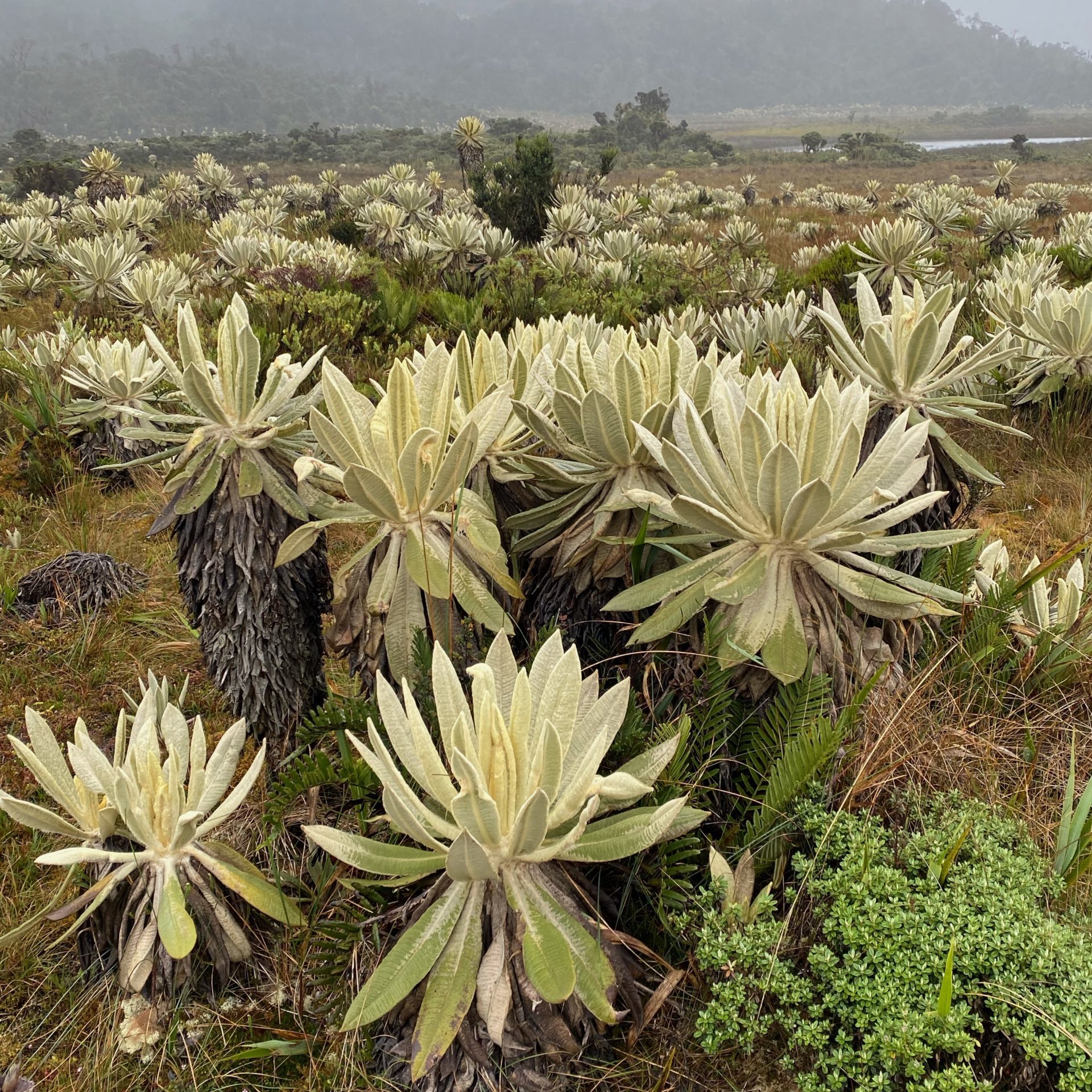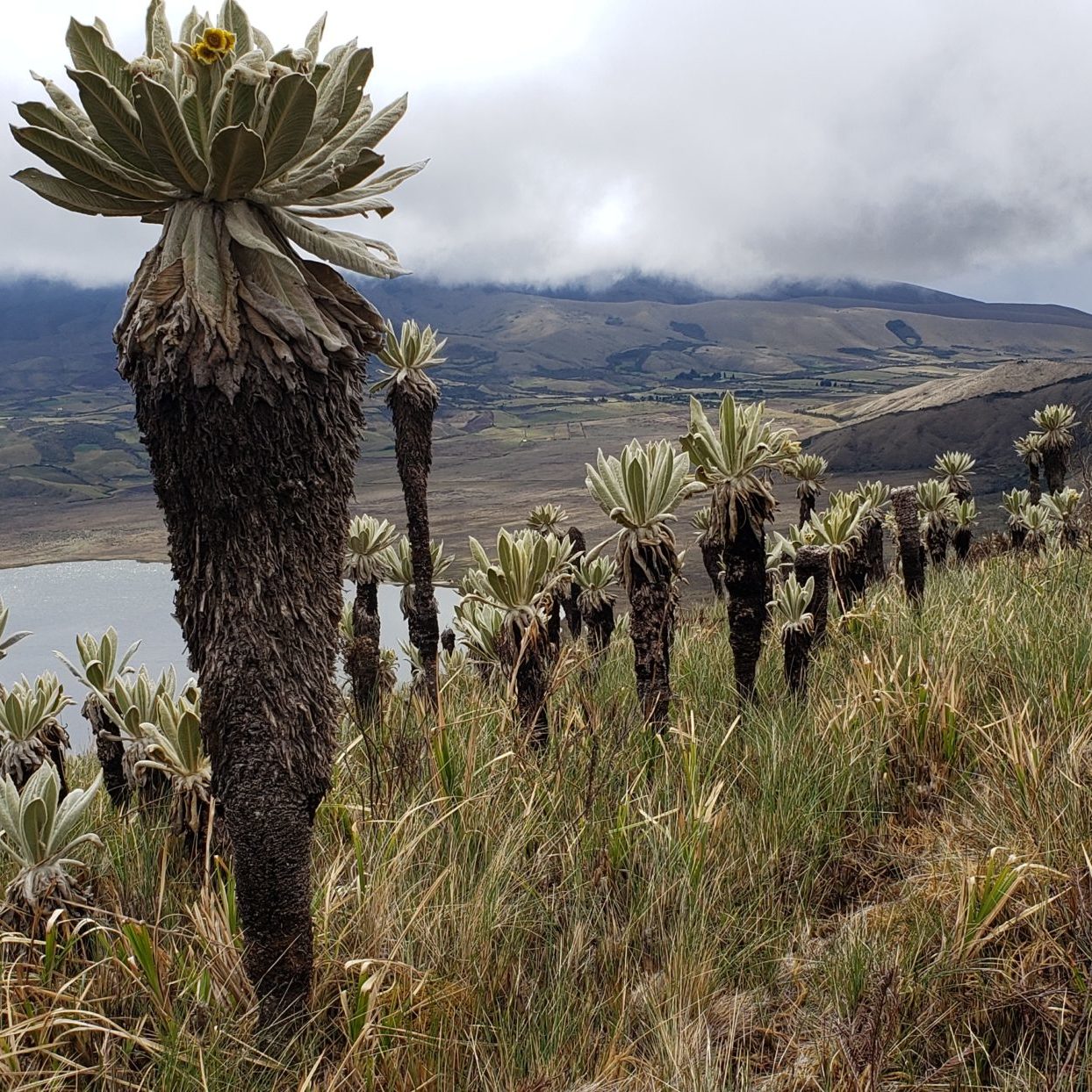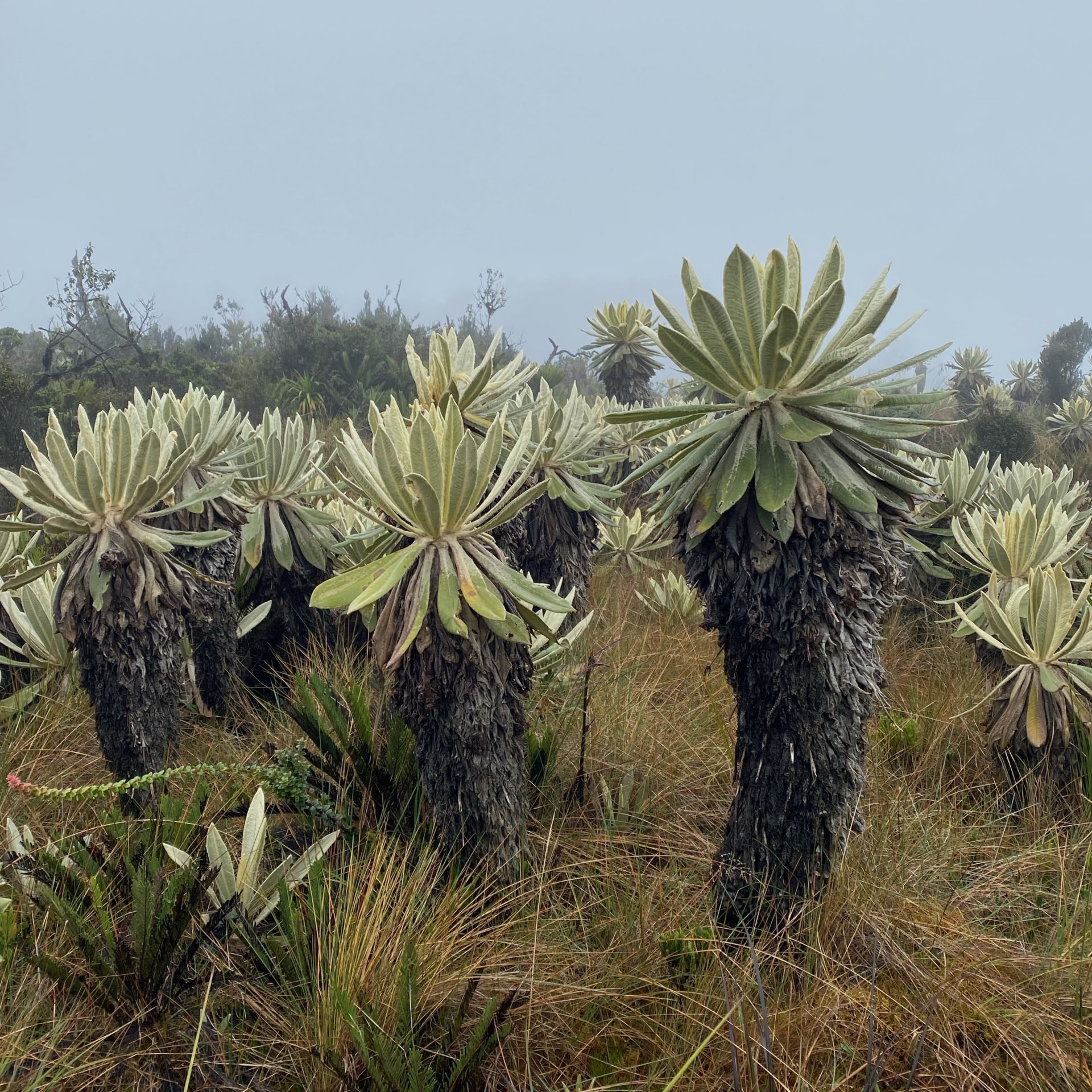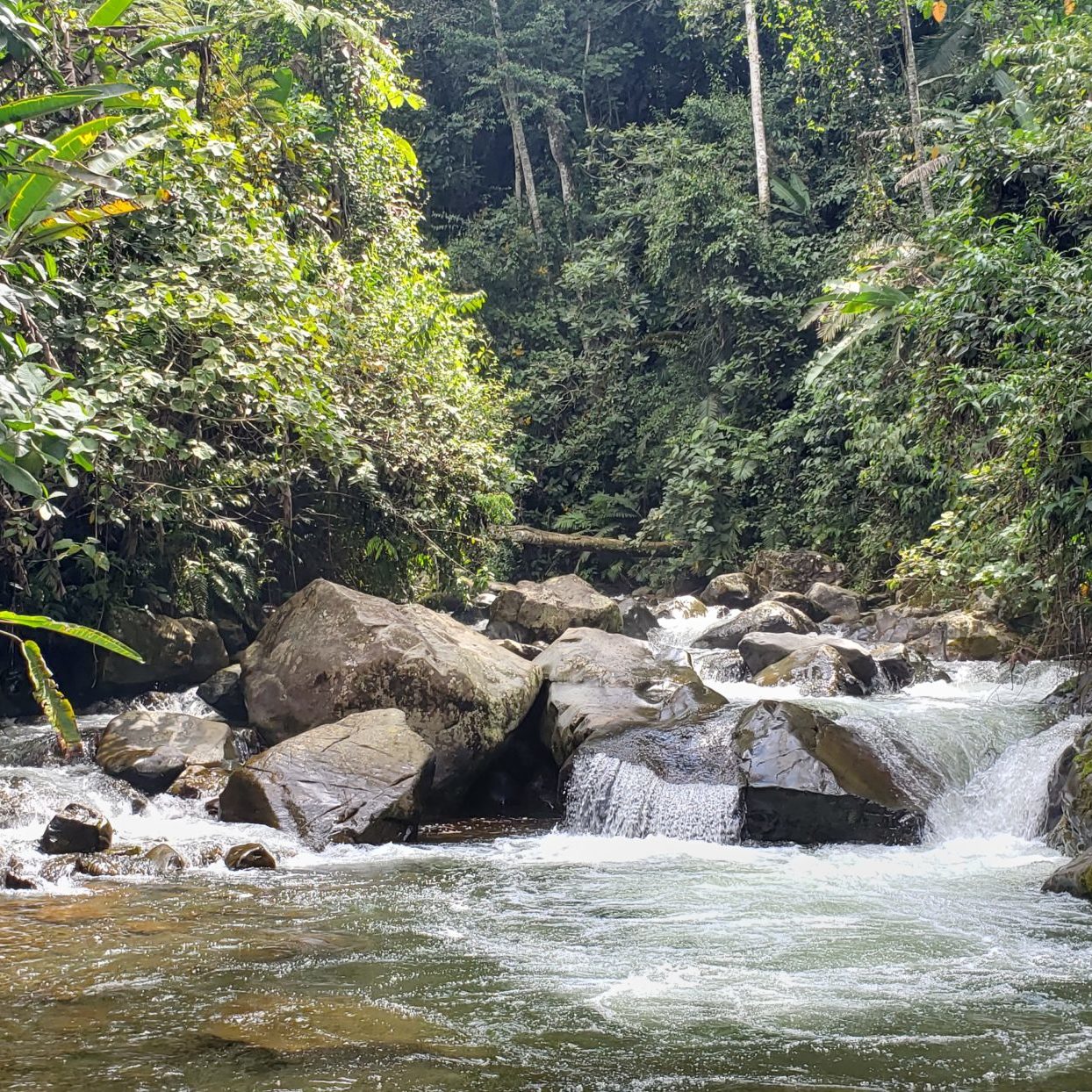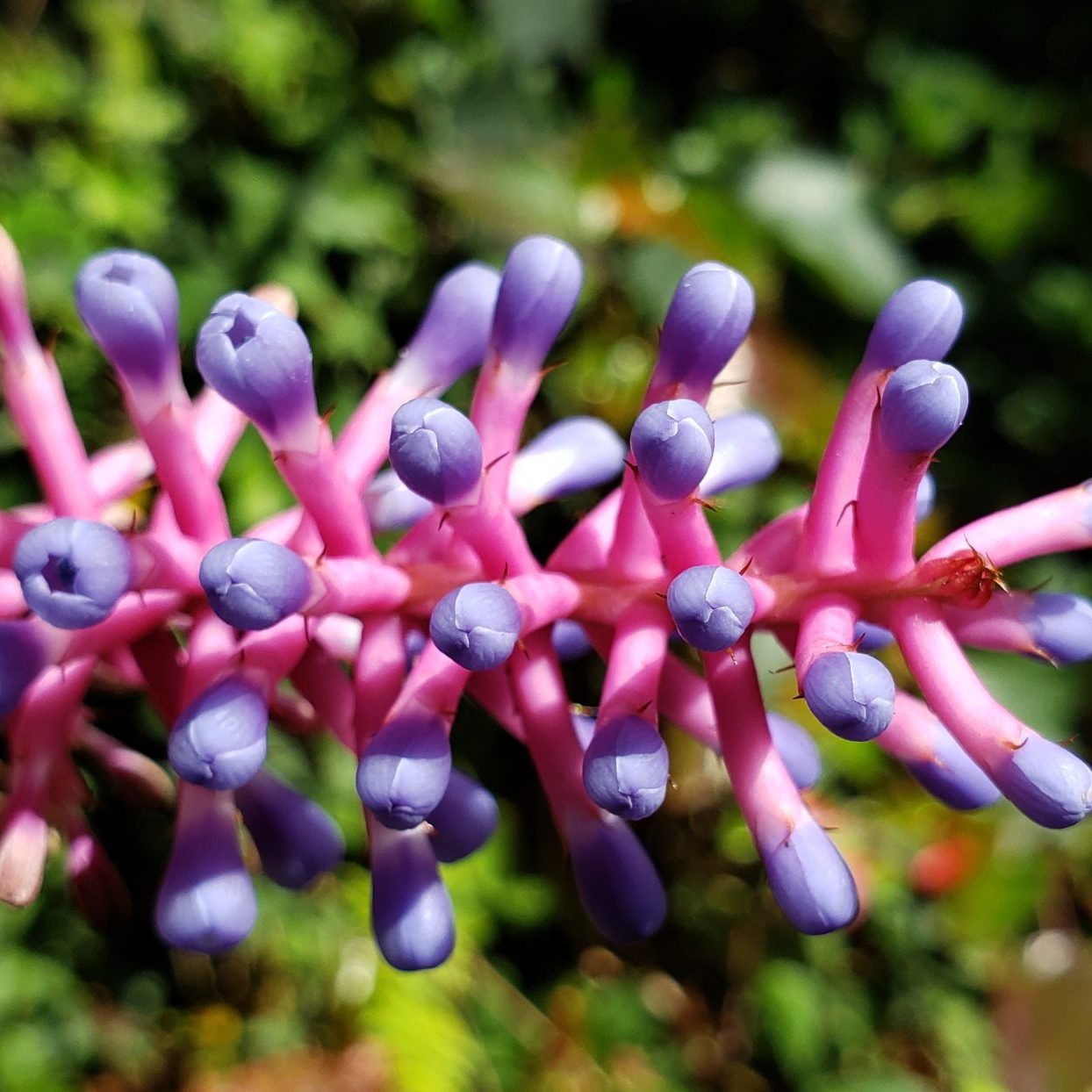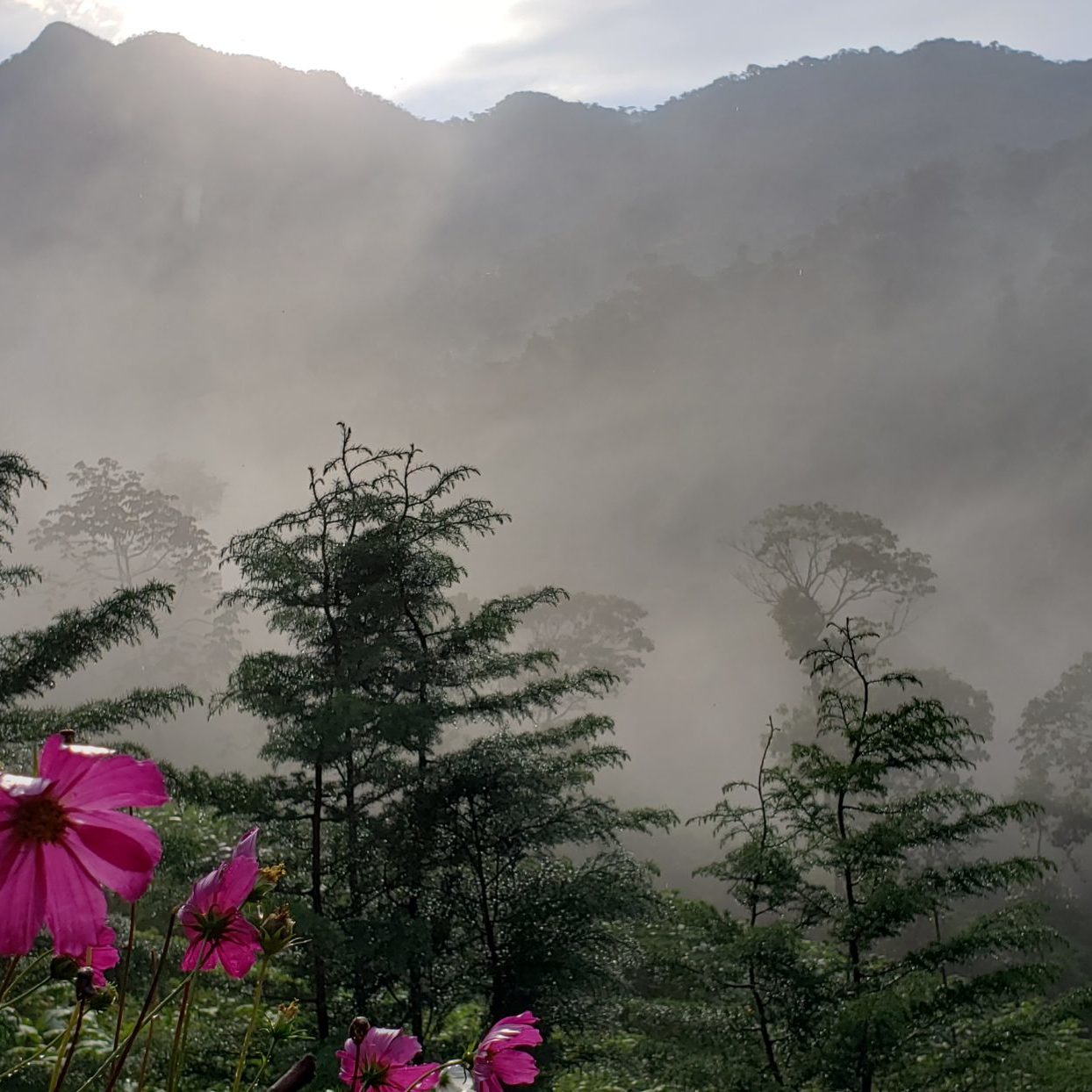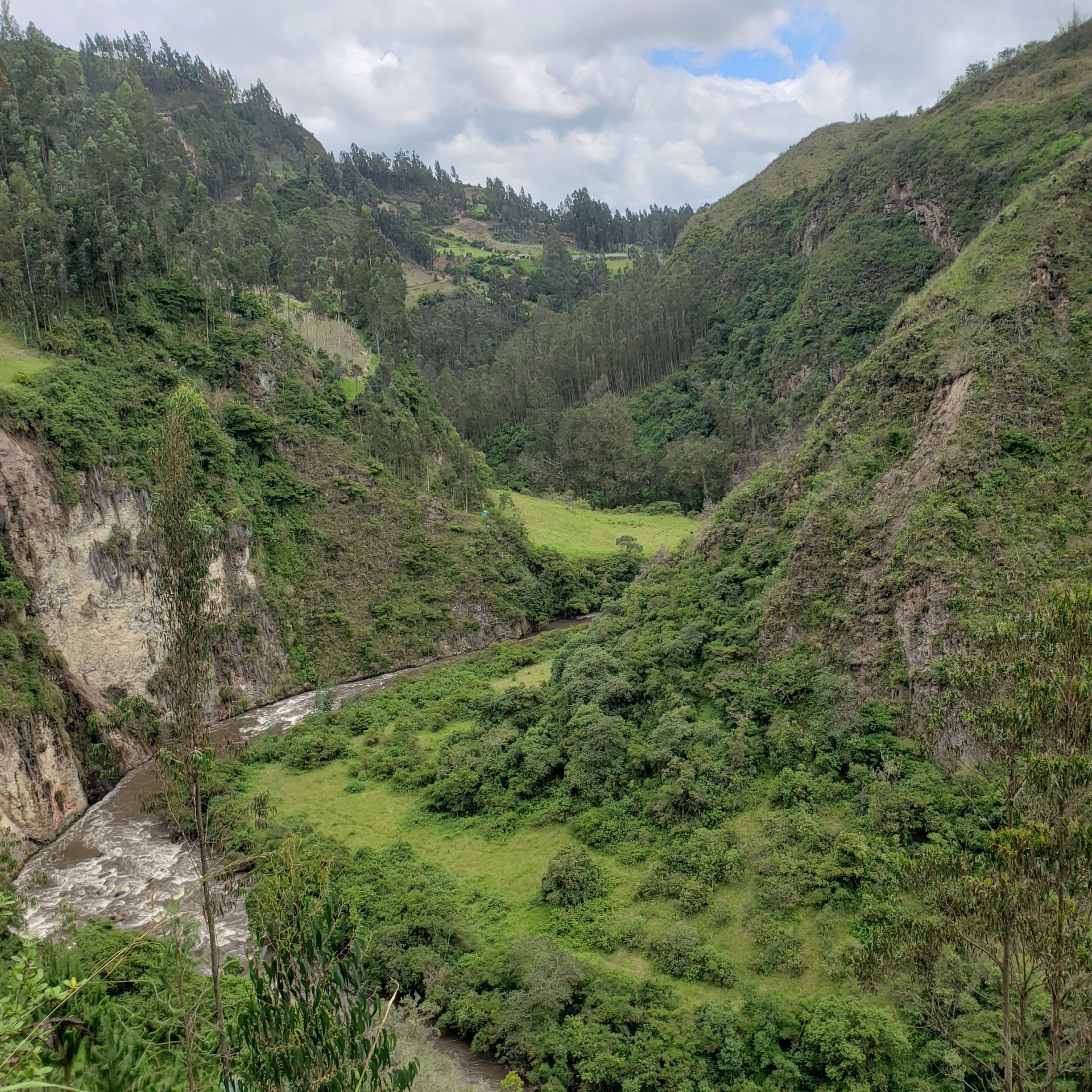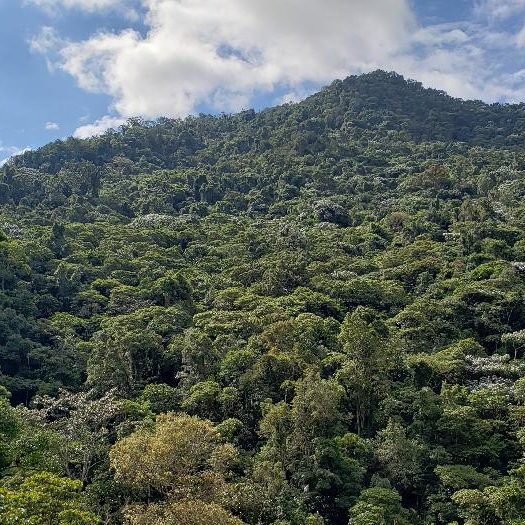
Ecosystems of the Páramo and the Andean forests

The wasteland
The páramo is a high mountain ecosystem located in the Andes of South America, between the upper limit of the high Andean forests and the lower limit of the eternal snows (between 3,000 and 4,000 meters of altitude).
Most of the páramos are located north of the Andes Mountains, from Venezuela to Peru (between 3.5 and 7 million ha).
Colombia has more than half of the planet’s páramos and they represent 2.5% of the country’s total surface area.
According to the International Union for Conservation of Nature (IUCN), which carried out studies in the páramos, the páramo is an ecosystem, a biome, a landscape, a geographic area, a life zone, a production space, and even a state of the climate. This definition varies according to the person intervening in the territory. For example, for a farmer, the páramo is the territory in which he/she carries out all his/her productive and reproductive activities, and the political, social, cultural and environmental dimensions affect the dynamics of the ecosystem.
In Colombia, more than 60% of the water consumed comes from the páramos. According to the Ministry of the Environment, the páramo is an ecological unit of great importance for the regulation of water flows, since due to its constitution it is capable of retaining large volumes of water in its hydromorphic soils and controlling its flow through the hydrographic basins.
In recent decades, the expansion of potato production and dairy cattle ranching has been mainly responsible for the disappearance of these ecosystems. In 2019, for 2 months, 30% of the city of Ipiales suffered a major water cut due to low rainfall, but also due to the destruction of the páramos and their reduced storage capacity.
To contribute to the restoration of this ecosystem and protect the water resource, the Fundación Impulso Verde Kuaspue and the local associations that are part of the “Red de Viveros Impulso Verde” reforest, with native species, the watersheds and along the streams of the sub-páramo.
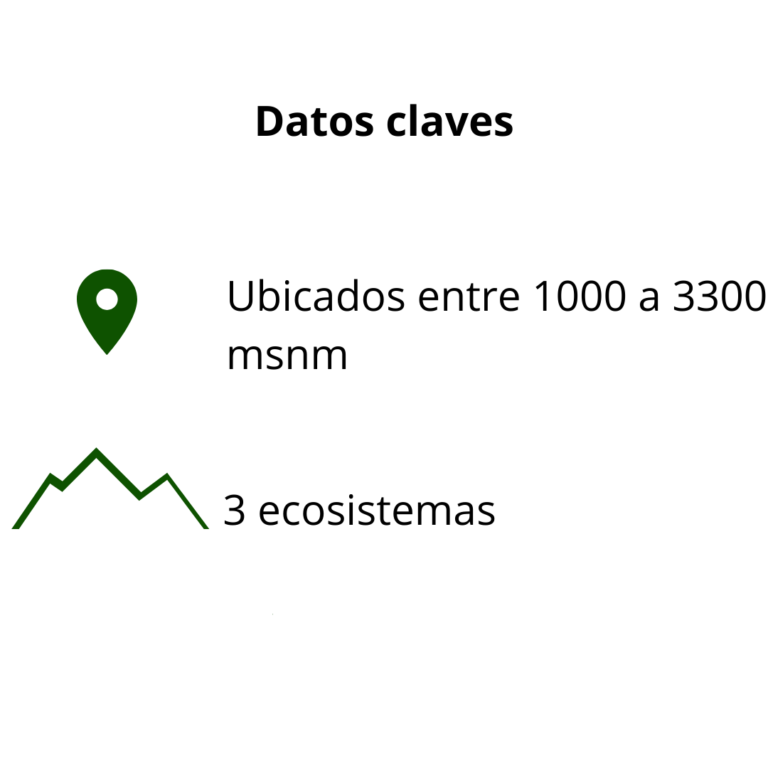
The Andean forest
It is estimated that less than 30% of the original forests of the Colombian Andes survive today. Andean forests are located between 1000 and 3300 meters above sea level.
Basically, 3 essential ecosystems can be distinguished:
· Sub-Andean Humid Forest (between 1,200 and 2,000 meters above sea level),
· High Andean rainforest (between 2,000 and 3,300 meters above sea level).
· Paramo (with altitudes above 3,300 meters).
From 1800 meters above sea level they are often covered with fog. For this reason they are often called “cloud forests”, capturing water drop by drop through their leaves and branches and thanks to dozens of species of plants and mosses associated with each tree. In this way, they supply water to the streams and rivers that originate in the moorlands and give rise to new water sources.
The Andean forests are the world par excellence of brómelas and orchids. They are also characterized by an impressive number of birds and amphibians.
The high Andean forest is characterized as a stratum of trees and shrubs between 3 and 8 meters high. Its regeneration is very slow given the very limiting temperature conditions.


